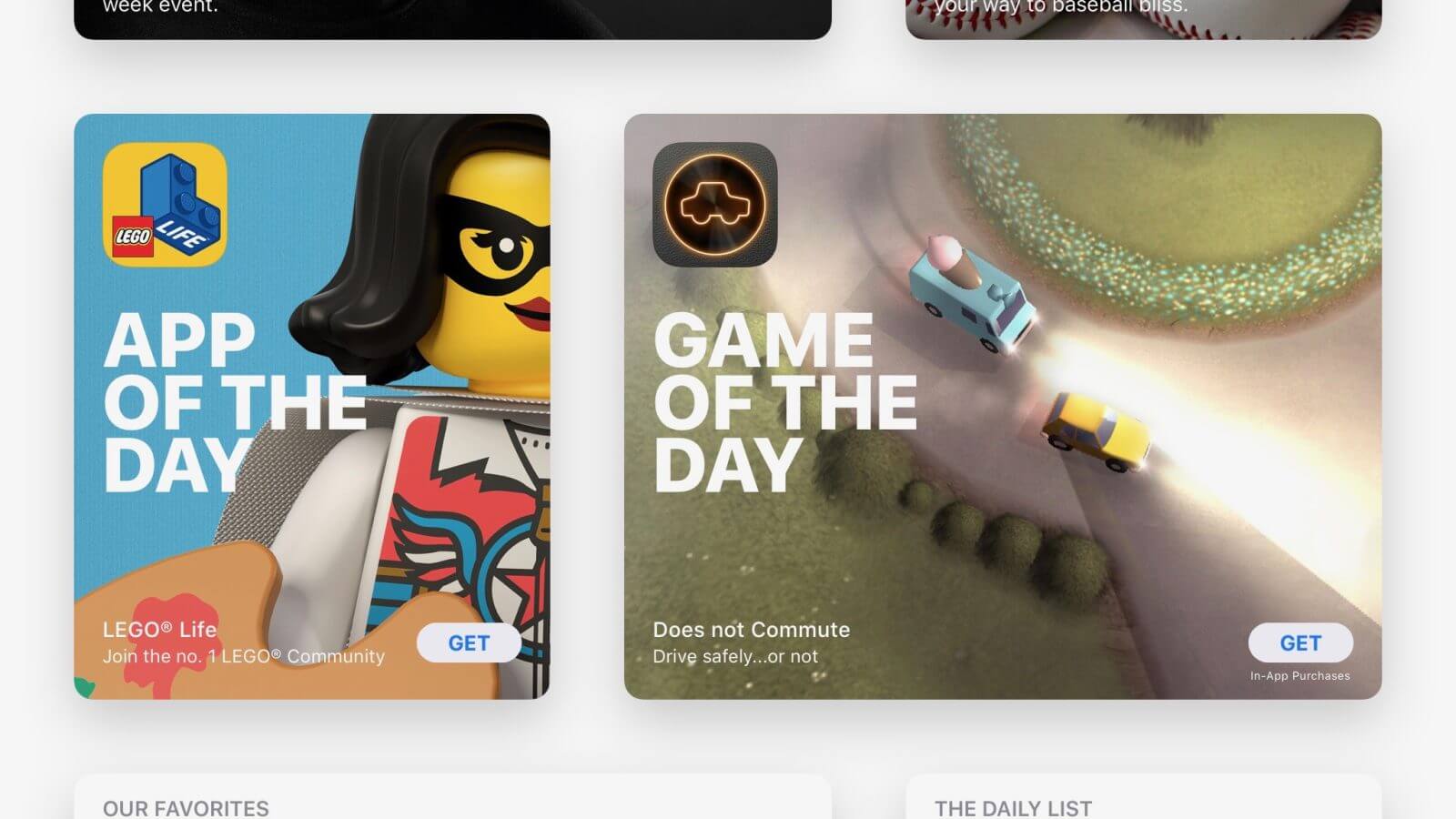HOW HAS APP OPTIMIZATION CHANGED WITH IOS 11?
It has been just a few months since the iOS 11 was officially released and less than a year since the first users got access to the beta version of the iOS 11. The reviews of the latest iOS have been different, but one thing is clear: the App Store Optimization has been impacted significantly. Find out more about the ways the updated iOS is already changing the ASO as we know it.
THE IOS 11 AND ITS IMPACT ON APP STORE OPTIMIZATION
Apple’s leadership in the smartphone market of the past decade is not a subject for debate - even die-hard Android fans admit that Apple is the force to be reckoned with. There are many reasons why Apple has succeeded. They have always cared about the user experience; the usability of their products has always been the strong point of Apple; finally, few other tech giants are as quick to adapt to the changes in what users want as Apple.
To achieve visible results in the App Store optimization and to stand out from the competition, the mobile marketing specialists need to follow into the footsteps of Apple and provide the most satisfying experience for each one of their users. Let’s see in detail what exactly has changed about the App Store in iOS 11.
LAYOUT
In previous versions of iOS users saw nine apps in a single App Store screen - the main app they’ve clicked on and eight suggestions. Starting from iOS 11, there are only two apps visible on each screen. It means that standing out from the crowd is now both more important and more complicated than ever.

TABS
The tabs in the App Store no longer look like you remember - some of the tabs are gone completely, some are still accessible but not featured on the main page, and some have been relocated or renamed.
The Categories and Top Charts are two tabs that can still be accessed but are not visible in the menu. A new tab called Today has been added, as have been the tabs called Apps and Games. Finally, the Search and Updates tabs have changed places but are still rather easy to locate.
NEW SOURCES
In the past there were only two main ways a user could discover a new app: either through the search or through the app being featured in a collection created by an editor. Starting with iOS 11, users now have five more ways to discover new apps:
- App/Game of the day
- Meet the developer
- Hero banner
- Within the list
- Within the collection

INSTALLATION
Apple has made big changes to the way users install and get rid of apps. The installation of an app will be promoted by Apple in a number of ways, including personalized algorithms, little stories about the app and its creators, and sharing useful tips and information featured on the app. If you’re an active smartphone user, you’re probably familiar with the situation when you download an app only to forget about it instantly and have it occupy the valuable storage space of your phone. Well, with iOS 11 Apple is attempting to solve this problem by introducing a feature that allows the phone to automatically remove an app that hasn’t been launched for a long time.
TITLE
One of the most major changes in the new App Store have happened to the titles of the apps - instead of 50 symbols you now get to work with just 30 symbols. This move by Apple comes as a surprise after Google recently unveiled a longer app title, raising the number of characters from 30 to 50.
Originally Apple started with allowing to type 255 characters in the app title, and the title length has been gradually decreasing since then. This is a purely interface-based move - shorter titles are much more convenient for users both in the App Store and in their iPhone screens. The shorter title of the app poses a serious challenge for the developers, as they will now be forced to put fewer keywords in the title. On the other hand, users will definitely benefit from not having to download an app that is irrelevant to their needs simply because it has the right keywords in the title.
INDEXING
Now app marketers and developers can use two new channels to promote their apps. The Subtitle of the app, which will appear below the title in the organic search results, should be up to 30 characters long. The Promotional Text, which is 170 characters long, will be visible above the description.
DESCRIPTION
A very important change has happened in the description department. In the past you could rewrite the description of the app as often as you needed. With iOS 11 you will only be able to change the description of the app, as well as keywords and title, only during an update of the app. It means that now you should be twice as precise and assertive when creating the description for your app, as it may be long before you get to change it.
RATINGS AND REVIEWS
The most significant change when it comes to the ratings is that now all ratings given to the app will be displayed to all users even after an update. Previously all ratings and reviews were wiped once the app was updated. By default, the ratings will remain where they are, but developers can opt for reset the ratings with each new version.
Reviewing the apps has also become a much easier task. Before you had to go through three different screens to post a review to an app; now there is only one.
PAGE DESIGN
The previous changes in the design of the App Store are significant, but it’s not all that has changed. Here are some more changes that may be less noticeable unless you’re a professional:
- Top Chart became a ranking factor
- The field for reviews became wider
- The app icon is glued to the top of the page even when the user scrolls down
- The name of the developer is featured below the screenshots
- You can now use three times as many videos in the description of the app than before
- Integration with Facebook pages is now much easier
These have been the key changes introduced by Apple in the iOS 11 App Store. They are already defining the App Store Optimization and we have no doubts that even more important changes will come.